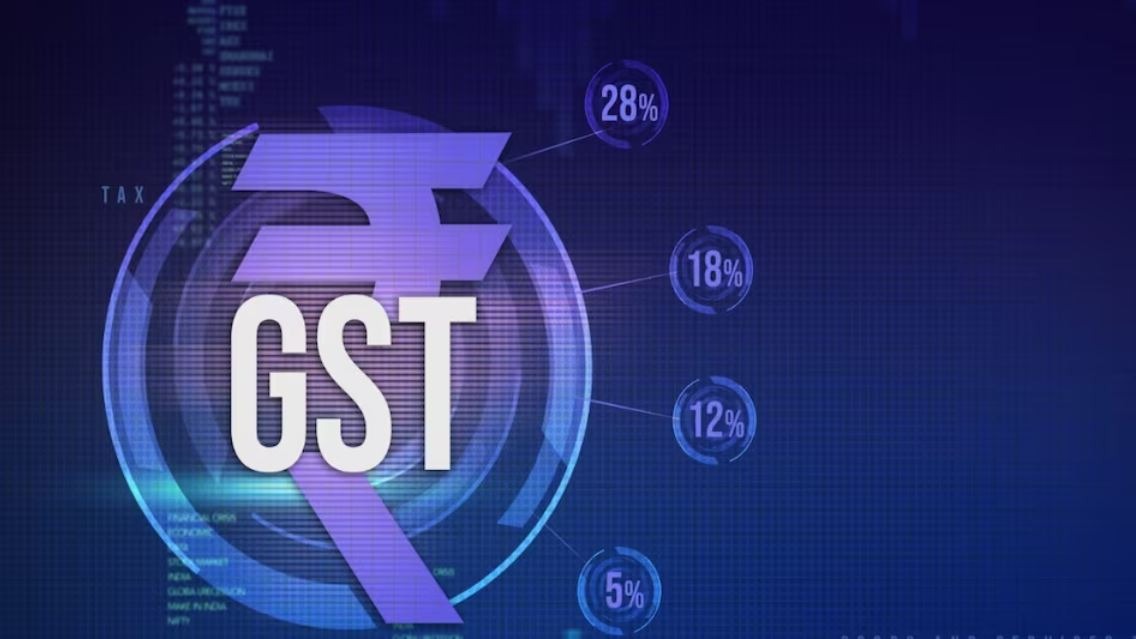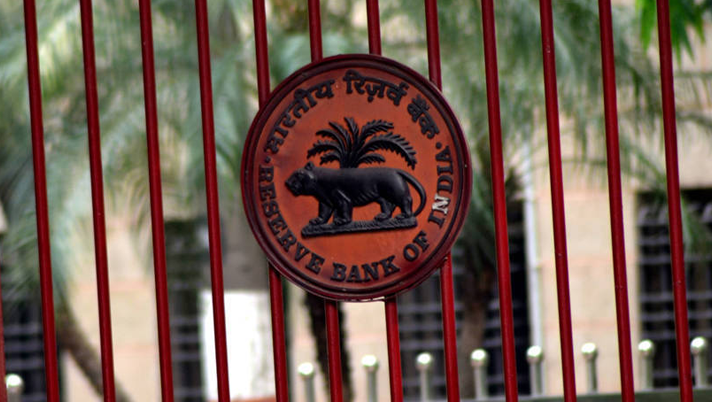GST 2.0: Singapore Businesses Weigh In on Potential Three-Tier System & Simplified Compliance

Singapore's finance ministry is actively engaging with industry representatives to shape the future of Goods and Services Tax (GST). Discussions are currently underway to gather valuable feedback and explore potential reforms, with a particular focus on a possible three-rate GST structure and streamlining compliance processes. This move signals a proactive approach by the government to ensure the GST system remains efficient, fair, and supportive of businesses.
Understanding the Current GST Landscape in Singapore
Currently, Singapore operates a single GST rate of 7%, which is set to increase to 8% on January 1, 2024, and further to 9% in 2025. This upcoming increase has prompted significant discussion and concern amongst businesses and consumers alike. The Ministry of Finance (MOF) recognizes these concerns and is keen to ensure a smooth transition while minimizing the impact on businesses.
Why a Three-Tier GST System is Being Considered
The exploration of a three-rate GST system isn't a new concept. It allows for differentiated tax rates based on the type of goods or services. This could potentially exempt essential goods (like food and healthcare) from the higher rate, easing the burden on lower-income households and providing targeted support for specific sectors. Some potential rate structures being considered could include:
- A standard rate (likely the future 9%) for most goods and services.
- A reduced rate for essential items.
- A potentially higher rate for luxury goods or non-essential items.
However, implementing a three-tier system also presents challenges, including increased complexity in administration and the potential for businesses to misclassify goods and services.
Simplifying GST Compliance: A Key Priority
Beyond the rate structure, the MOF is also deeply committed to simplifying GST compliance for businesses. This includes exploring measures such as:
- Enhanced Digital Tools: Providing user-friendly online platforms and tools to automate GST calculations and reporting.
- Clearer Guidelines: Developing more comprehensive and accessible guidelines to help businesses understand their GST obligations.
- Streamlined Processes: Reducing the administrative burden associated with GST filings and audits.
- Support for SMEs: Targeted support and training programs for Small and Medium Enterprises (SMEs) to help them navigate the GST landscape.
Feedback from Industry Representatives: Shaping the Future of GST
The ongoing discussions with industry representatives are crucial to the success of any GST reforms. The MOF is actively seeking input on a wide range of issues, including the potential impact of different rate structures on various sectors, the feasibility of simplifying compliance processes, and the best ways to support businesses during the transition.
What to Expect Moving Forward
The MOF is expected to release a formal consultation paper outlining the proposed GST reforms in the coming months. This will provide businesses and the public with an opportunity to provide feedback and shape the final policy decisions. Businesses should proactively engage in this consultation process to ensure their concerns and perspectives are heard. Staying informed about the latest developments and seeking professional advice are also crucial steps in preparing for the changes ahead.
The government’s commitment to ongoing dialogue and simplification efforts suggests a dedication to creating a GST system that is both effective and supportive of Singapore’s vibrant economy.






